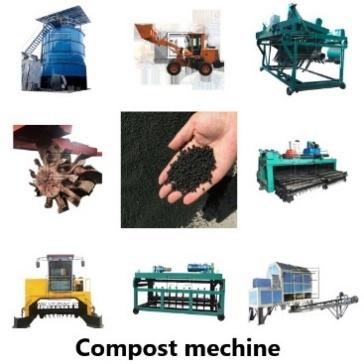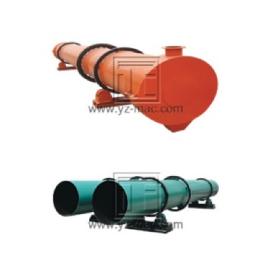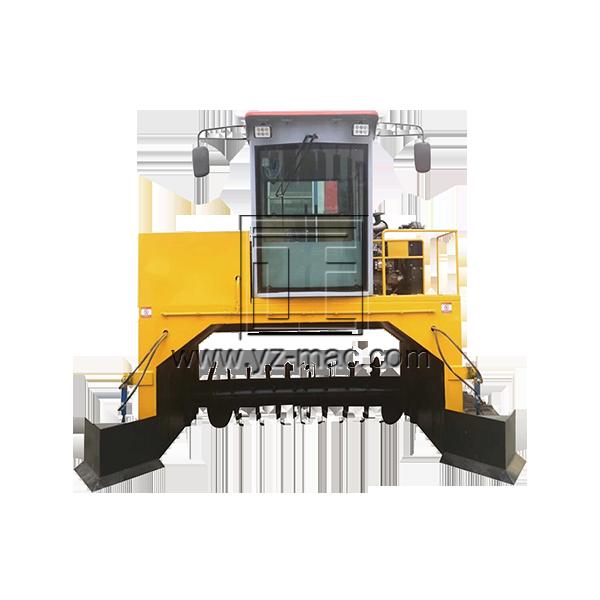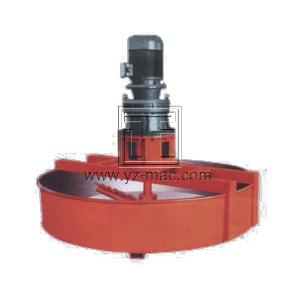Hot blast stove
A hot blast stove is a type of industrial furnace used to heat air for use in various industrial processes, such as in steel production or chemical manufacturing. The stove works by burning fuel, such as coal, natural gas, or oil, to generate high-temperature gases, which are then used to heat air for use in the industrial process.
The hot blast stove typically consists of a combustion chamber, heat exchanger, and exhaust system. Fuel is burned in the combustion chamber, which generates high-temperature gases. These gases are then passed through the heat exchanger, where they transfer heat to the air that will be used in the industrial process. The exhaust system is used to vent the waste gases produced by the combustion process.
One of the main advantages of using a hot blast stove is that it can provide a reliable and efficient source of high-temperature air for industrial processes. The stove can operate continuously, providing a steady supply of hot air for use in the process. Additionally, the stove can be customized to meet specific heating requirements, such as temperature range, airflow rate, and fuel type.
However, there are also some potential drawbacks to using a hot blast stove. For example, the stove may require a significant amount of fuel to operate, which can result in higher energy costs. Additionally, the combustion process may generate emissions that can be a safety hazard or environmental concern. Finally, the stove may require careful monitoring and maintenance to ensure that it is operating efficiently and effectively.







